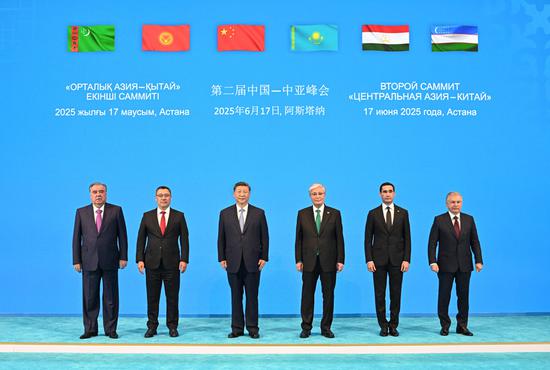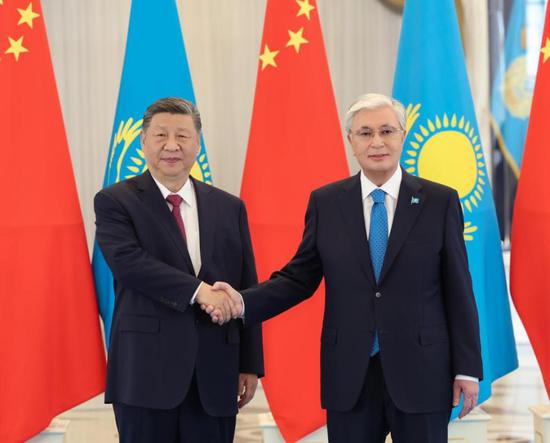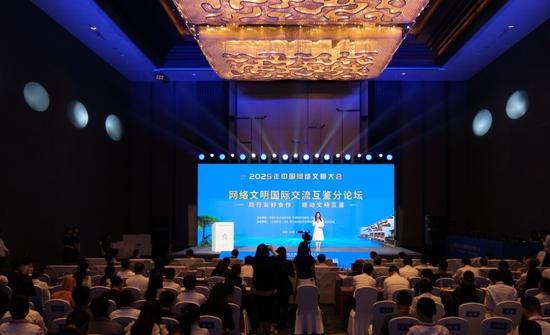China was, still is, and will remain an ideal, secure, and promising destination for foreign investment. Looking back, the scale, growth, and global share of foreign investment garnered by China have all been impressive. In 1983, foreign direct investment (FDI) into China stood at $920 million. By 2008, this figure had exceeded $100 billion, and from 2008 to 2023, the annual average of FDI reached $138 billion.
What has made this success possible? The answer is to make foreign investment and China an optimal choice for each other. Foreign investors have been drawn by development opportunities and profit potential. Meanwhile, by providing what China needs, such as capital, management expertise, distribution channels, and networks, foreign investors have been better positioned to achieve their own goals. For China, the primary purpose of attracting foreign investment is to drive its own development. To this end, the country has opened its markets, optimized the business environment and supported foreign investors in achieving growth and returns. The traditional Chinese wisdom that "those who seek to prosper must first help others prosper" has facilitated decades of fruitful cooperation between China and foreign investors.
Today, global economic growth is under mounting pressure, investment protectionism is on the rise, and cross-border capital flows are slowing down. According to data from the United Nations Conference on Trade and Development, global FDI totaled $1.4 trillion in 2024, inflows to developing countries declined for the second year in a row, and global investment in sectors related to the Sustainable Development Goals fell by 11 percent.
Against this backdrop, how has China responded? The country has adopted a more proactive approach to opening up. On the policy front, the country has rolled out the Foreign Investment Law, the "24 Pro-Foreign Investment Measures," and the 2025 Action Plan for Stabilizing Foreign Investment, among other legislative initiatives. These policies have further shortened its market access negative list, fully lifted restrictions on foreign investment in manufacturing, and expanded pilot programs in fields such as telecommunications, healthcare, and education. China has also revised and expanded the Catalogue of Encouraged Industries for Foreign Investment, promoted institutional opening up in pilot free trade zones, and enhanced service guarantees for foreign investors. These measures have sent a strong signal of the country's dedication to opening up and its capacity to stabilize global investment and growth.
China's commitment to opening up stems from its solid economic fundamentals. Foreign investors value both the consumer market and production costs. On the one hand, as the "world's market," the immense Chinese market is constantly evolving and upgrading. In 2024, China's GDP exceeded 135 trillion yuan, total retail sales of consumer goods surpassed 48.8 trillion yuan, the urbanization rate of permanent residence reached 67 percent, total imports and exports hit 43.9 trillion yuan, and per capita disposable income stood at 41,300 yuan. All these figures attest to the vast sea of opportunities in the Chinese market. With its massive scale, strong purchasing power, multi-layered and ongoing upgrades, the Chinese market is one that enterprises around the world are eager to explore.
On the other hand, as the "world's factory," China has continued to strengthen the role of its industrial and supply chains in supporting foreign enterprises. In the early stages of attracting foreign investment, China's primary advantages were its vast market and low labor costs. Today, its advantages go far beyond that. China has made continuous improvements in sectors such as infrastructure, communications, transportation, and public services, cutting costs for foreign companies in materials, goods, personnel, and capital. As Chinese industries upgrade, the growing supply capacity in high-value-added sectors is offering fertile ground for foreign companies to establish R&D centers and innovation hubs in China.
Looking ahead, China is comprehensively advancing Chinese modernization, and its policies on utilizing foreign investment remain unchanged and will never change. By sticking to opening up as a fundamental state policy, China will keep pursuing high-standard opening up, steadily expanding institutional opening up in terms of rules, regulations, management, and standards, and bolstering foreign investors' confidence in the long-term outlook of investing in China. The country's door to the outside world will only open wider, and its mutually beneficial partnership with foreign investors will continue to flourish.


















































 京公網(wǎng)安備 11010202009201號
京公網(wǎng)安備 11010202009201號